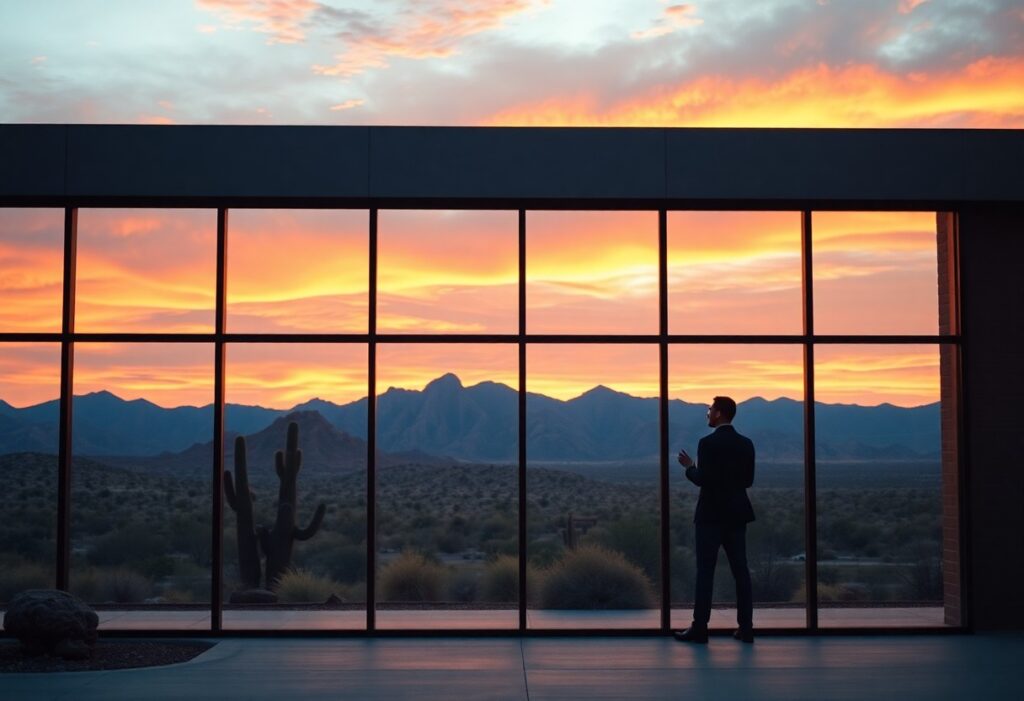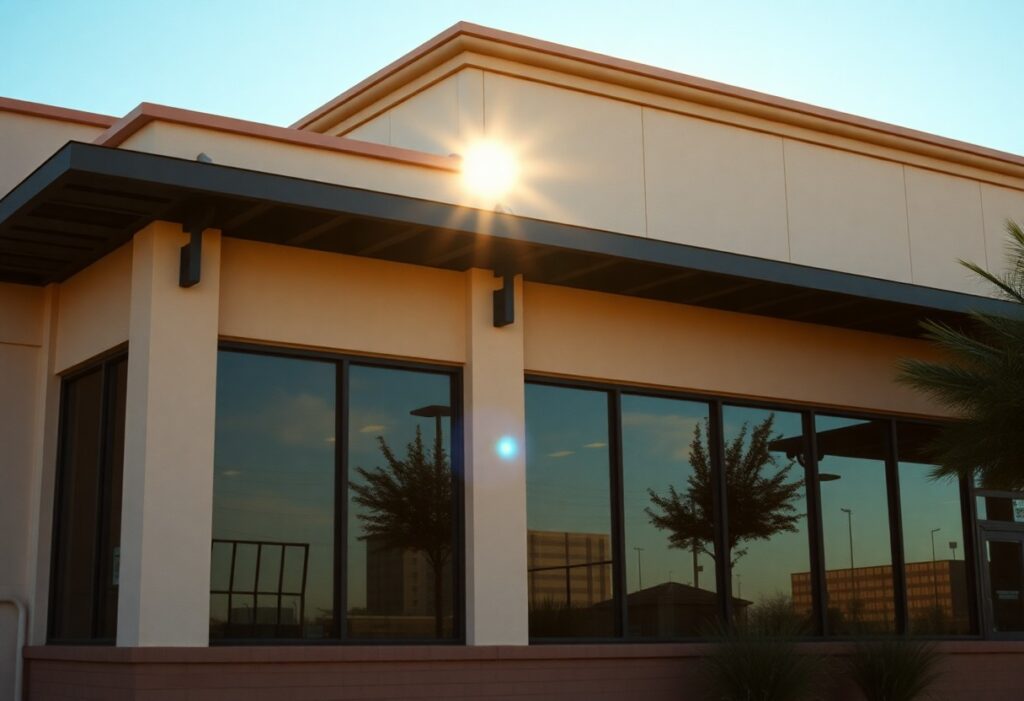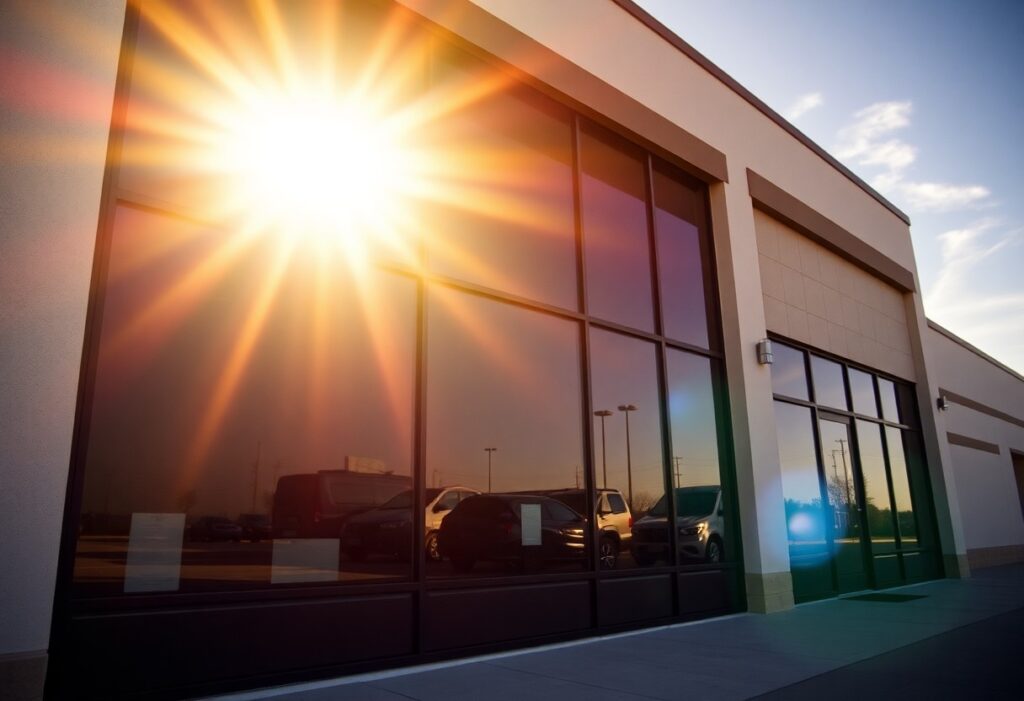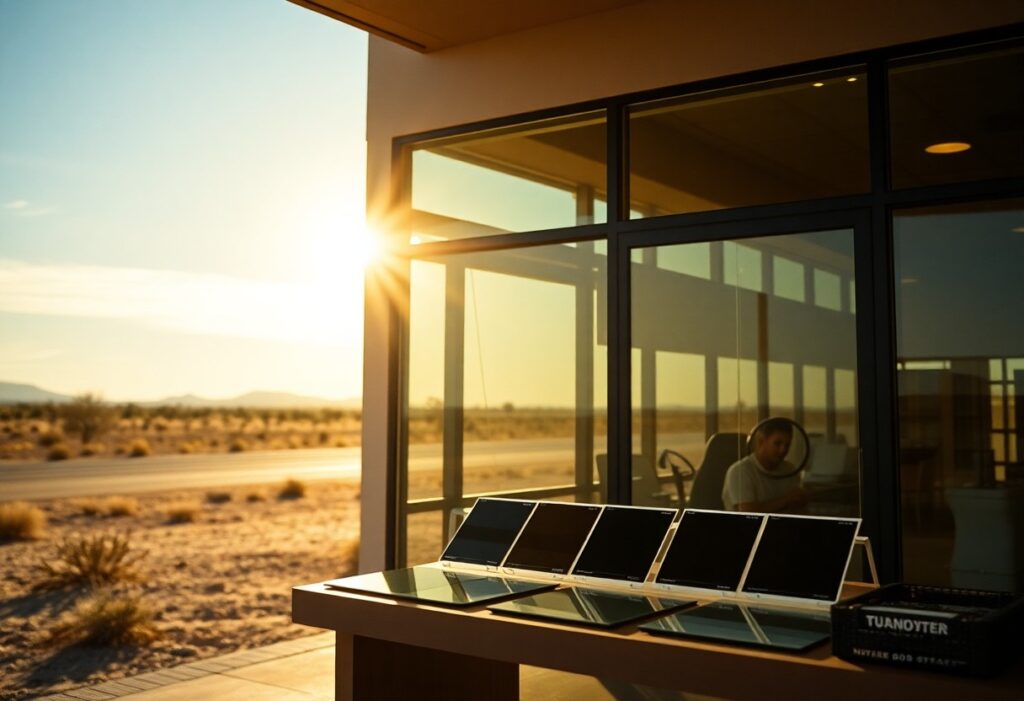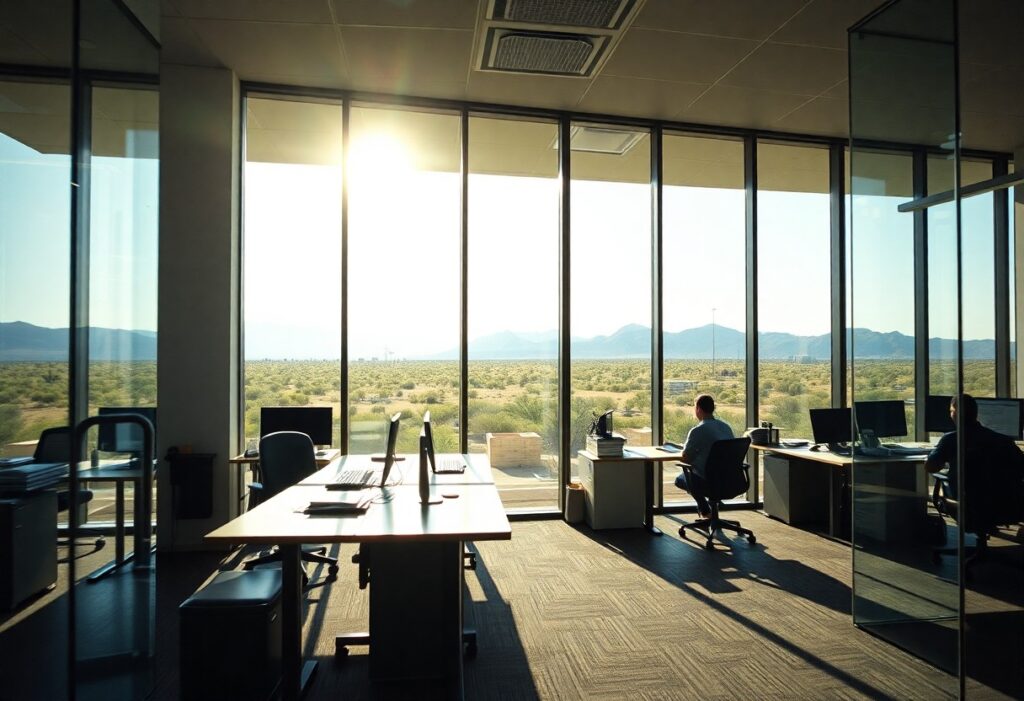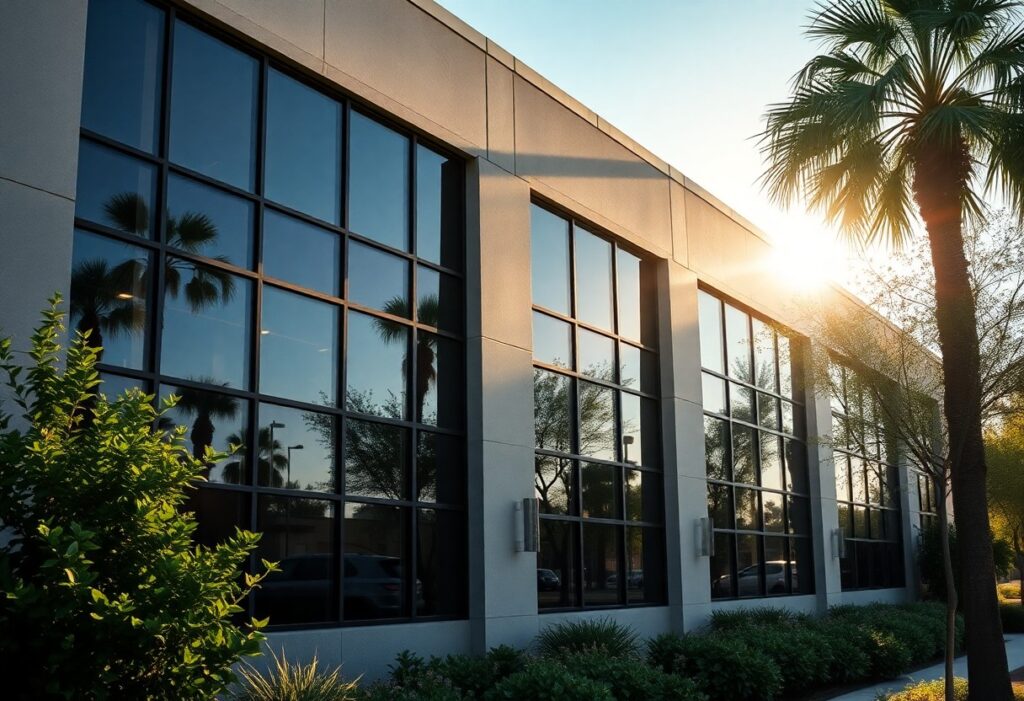Can Commercial Window Tinting In Arizona Reduce Your Business’s Energy Consumption?
With rising energy costs, you may be searching for effective strategies to minimize your business’s utility expenses. One often-overlooked solution is commercial window tinting. This practical application can significantly reduce heat gain, enhance privacy, and improve comfort within your workspace, ultimately leading to lower energy consumption. In this post, we’ll explore how investing in window tinting can not only contribute to a more sustainable environment but also positively impact your bottom line in Arizona’s harsh climate. Understanding Window Tinting For many business owners, energy efficiency can be a central concern, particularly in a sunny state like Arizona. Window tinting is one of the solutions that can help you manage energy consumption and improve comfort within your workspace. Understanding window tinting can guide your decision-making process and potentially lead to both financial savings and enhanced workspace quality. Definition of Window Tinting After determining the need to improve your energy efficiency, it’s imperative to understand what window tinting is. Essentially, window tinting involves applying a thin film to your glass windows to reduce heat, glare, and UV rays entering your space. The result is a more comfortable indoor environment, especially during those hot Arizona summers. This film comes in various degrees of darkness and reflective properties, allowing you to choose a solution that fits your business’s aesthetic and functional needs. Window tinting not only helps in energy savings but also provides a level of privacy and protection for your interiors. Types of Window Tinting Films After familiarizing yourself with the basics, it’s time to explore the different types of window tinting films available. These films can vary significantly in terms of composition, tint level, and performance. Some popular types include: Dyed window films Metalized window films Ceramic window films Low-E window films Security window films Any of these options can cater to specific requirements you might have. Type of Film Description Dyed Window Films Provides basic heat and glare reduction. Metalized Window Films Reflective properties for enhanced energy efficiency. Ceramic Window Films Non-reflective, superior heat rejection without interference. Low-E Window Films Designed to reflect heat while allowing light. Security Window Films Protects from breakage and enhances safety. By understanding the types of films available, you can make an informed choice that fits your specific goals. Each of these films has unique characteristics that can cater to both aesthetic and functional needs based on your environment and preferences. Choosing the right film can prevent your space from becoming excessively hot. It can also help extend the life of your furnishings and equipment. Energy savings, privacy, and UV protection are some benefits. Consider consulting a professional for installation. Ultimately, understanding the options is key to making the best choice. Any choice you make can have a lasting impact on your energy consumption and overall comfort. Benefit Description Energy Savings Reduces reliance on air conditioning. UV Protection Protects your interiors from harmful UV rays. Improved Comfort Creates a more enjoyable environment for staff and customers. Privacy Enhances privacy without sacrificing natural light. Enhanced Security Reduces shattering risks in case of accidents. The Science Behind Window Tinting Window tinting operates on the principles of thermal dynamics and light absorption. When sunlight hits your windows, a portion of it is absorbed or transmitted through the glass. Tinted windows are designed to reflect and absorb excess heat and glare, leading to a more balanced indoor temperature. This is particularly beneficial during peak sunlight hours when excessive heat can stress your HVAC system. By installing the right window tinting, you can increase your building’s overall energy efficiency. Not only does this lead to lower energy bills, but it can also enhance the lifespan of your cooling system by reducing the demand during peak periods. The reduction in glare can lead to a better work environment, reducing eye strain on employees. Behind every effective window film is a combination of materials, properties, and design aimed at maximizing energy efficiency and comfort. Heat-reflective films are designed to either absorb or reflect specific wavelengths of sunlight, which can significantly reduce the heat entering your premises. Energy Consumption in Commercial Buildings If you own or manage a commercial building, understanding energy consumption is vital for increasing efficiency and reducing costs. Commercial buildings are significant contributors to overall energy use, particularly in states like Arizona where high temperatures drive up demand for cooling systems. To successfully lower energy consumption and improve eco-friendliness, it’s important to analyze and optimize various factors related to your building’s energy usage. Factors Affecting Energy Usage An array of factors influences the energy consumption of your commercial building. These can include the building’s size and design, the type of equipment used, the efficiency of HVAC systems, and even the behavior of occupants. Each of these components plays a role in the amount of energy consumed throughout the day and across seasons. Building orientation and insulation Type of windows and their sealing Occupancy levels and operational hours Age of the building and its maintenance history Recognizing how these factors interact can help you identify potential areas for improvement and inform decisions on energy-saving strategies. Role of Windows in Energy Efficiency Energy efficiency in your commercial building heavily depends on the quality and type of windows. Windows account for a significant portion of energy loss or gain, affecting heating and cooling loads. Poorly insulated windows can lead to higher energy use as HVAC systems work overtime to maintain comfortable indoor temperatures. By implementing energy-efficient window solutions, such as commercial window tinting, you can reduce the amount of energy your building consumes. Usage of window films or tints can help minimize heat gain during summer months, thereby reducing the workload on cooling systems. Additionally, these improvements can also decrease glare and enhance occupant comfort, making your workplace more enjoyable for employees and clients alike. Energy Consumption Trends in Arizona Across Arizona, energy consumption patterns reflect the state’s hot climate and economic growth. With businesses operating in a competitive environment, understanding local energy pricing and usage trends can be key for managing costs


